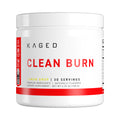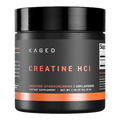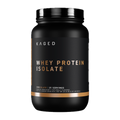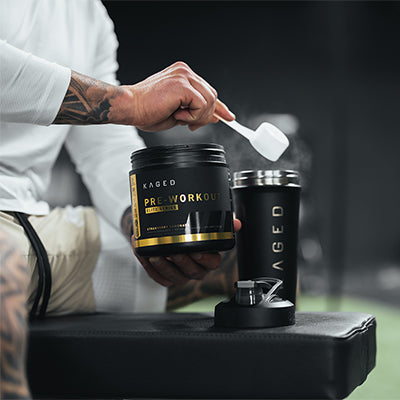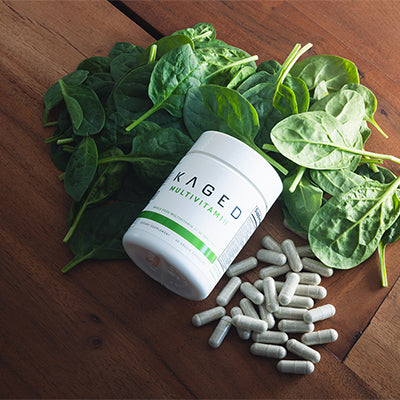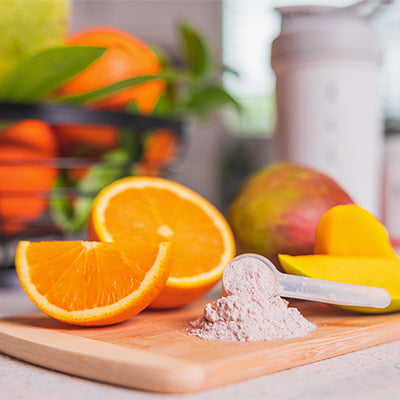Taking the turn toward healthy eating can be startling. We're shielded from a number of the things about what we eat on a regular basis, the way they're made, and what they do in our bodies.
Well, we might not be shielded, but we take on a sense of blissful ignorance about these issues. If you don't have a reason to change the food you eat, why would you dig into what's inside of it and how it's made?
We're going to take a brief look at the perils of food today. More importantly, we'll give you some practical tips on how to make smart choices at the grocery store.
Let's get started.
A Closer Look at What's In Our Food
It's important to note that we could go on forever about the things that exist in food that should not be in anything we put near our mouths.
We've entered a point in history where food is no longer rooted in the earth in a lot of cases. Further, foods come from all over the planet. It'd be hard to go to the store and compose a meal that was created in your local area.
That is unless you go to a co-op or farmer's market. As a result of so many source points, there are innumerable processes and methods to making and preserving food. Most of those involve a lot of chemicals that are hard to pronounce and used in unrelated things.
For example, azodicarbonamide is common in a lot of flour, but it's also an important ingredient in foam plastics, flip flops and yoga mats. This might be one of the reasons that this ingredient within processed white flour is something that has been considered as a potential carcinogen.
In a world stuffed with artificial chemicals and products that do us harm, it's often better to know what you should eat than what you shouldn't. It'd take a lifetime and three or four degrees to understand all of the chemicals in food processing, what's healthy, and what's not.
We can intuit the fact that most of those things aren't healthy, though. We can also take insights from generations and generations of people who ate only natural foods instead of nit-picking through processed ones.
"Naturally" Made Foods
Food packaging plays a big role in what we think about them. When we think well about packaging, we often buy the product.
Food companies have a way of lying to us about almost everything they do, though. As a result, the terms "natural" and "organic" aren't just what you might expect. The Food and Drug Administration has the authority to define what should count as “natural” for food and supplements but so far has refused to do so in a comprehensive way. The USDA is responsible for setting the rules around what can be labelled as “organic,” and their guidelines are easier to understand.
Because the FDA continues to drag its feet on providing comprehensive guidance for what should be allowed to have “Natural” on its label, "Natural" foods don't have to be natural at all. So long as the food doesn't contain coloring, artificial flavors, or synthetic products, it can usually get away with being labeled as natural. That doesn't account for genetically modified organisms or other unnatural adjustments to our foods. A quick Google search will show just how many companies have been sued in the past 10 years for labelling their product as natural despite containing questionable ingredients or preservatives.
It's possible to adjust and tweak "natural" foods into all sorts of shapes and sizes. One of the ways that happens is through the disproportionate amount of sugars that products can contain and still fall under the "natural" umbrella.
Organic Labelling
The next frontier of healthy eating that's difficult to decipher is the term "organic." Something that's labeled as organic can still contain 30% of ingredients that aren't organic.
An organic product is one that doesn't have (really) unnatural products, additives, certain pesticides, etc. While it's good that most of the organic product is made of real ingredients, the remaining 30 percent don’t have to meet that same standard..
It's a shame that those foods can still call themselves organic, because it gives the impression that they are, in fact, totally organic. That said, we do have the benefit of knowing that foods labeled "100% organic" with the USDA seal are the real deal.
So, when you're shopping, make sure you look for 100% organic. This is particularly true when you're shopping for tomatoes, beef, and dairy.
Shopping for Health and Wellness
Regardless of your health and wellness goals, there are a few things that you can incorporate into your grocery shopping.
Note that it might take you a while to develop your palette back toward natural foods. Many of us are adjusted to the taste and impact of processed foods. It makes sense, too, considering they have been hacked to activate pleasure centers and get human beings hooked on them.
Whenever possible, purchase foods that are just the ingredient. For example, an avocado, a head of lettuce, or a bag of fresh kale.
The alternative is buying a product that's a composite of these ingredients or has extracted vitamins from these products. Those products can be healthy, but the further you get from the original thing, the more you lose.
Fresh produce is the healthiest possible version of itself. When you change the chemistry of produce, you lose vitamins and minerals. When it comes to meats, try to go with anything that's 100% organic.
A great way to do this is to shop for local meat sources. These are animals that come from your area and haven't been subjected to preservatives for a long journey.
You should also opt for whole grain. Altered grains are adjusted to extend shelf life. This occurs by removing the essential vitamins and minerals from the grain.
Those are the organic parts that bacteria like to break down, reducing the shelf life. The thing to realize in the case of modified grain, though, is that bacteria want nothing to do with it!
When nature's garbage disposal stops wanting to eat something, you probably should, too. It's not always the case that things with a long shelf-life are bad for you, but it's generally true that things are healthier when they're natural and expire after a few days.
Want to Learn about How to Be Healthier?
The foods that we eat play a massive role in how we feel, perform and go about our day. It's important to know that what you're putting into your body isn't hurting you.
We're here to help you learn more about the perils of artificial foods. Explore our site for more insight into wellness, health, diet, and exercise.

